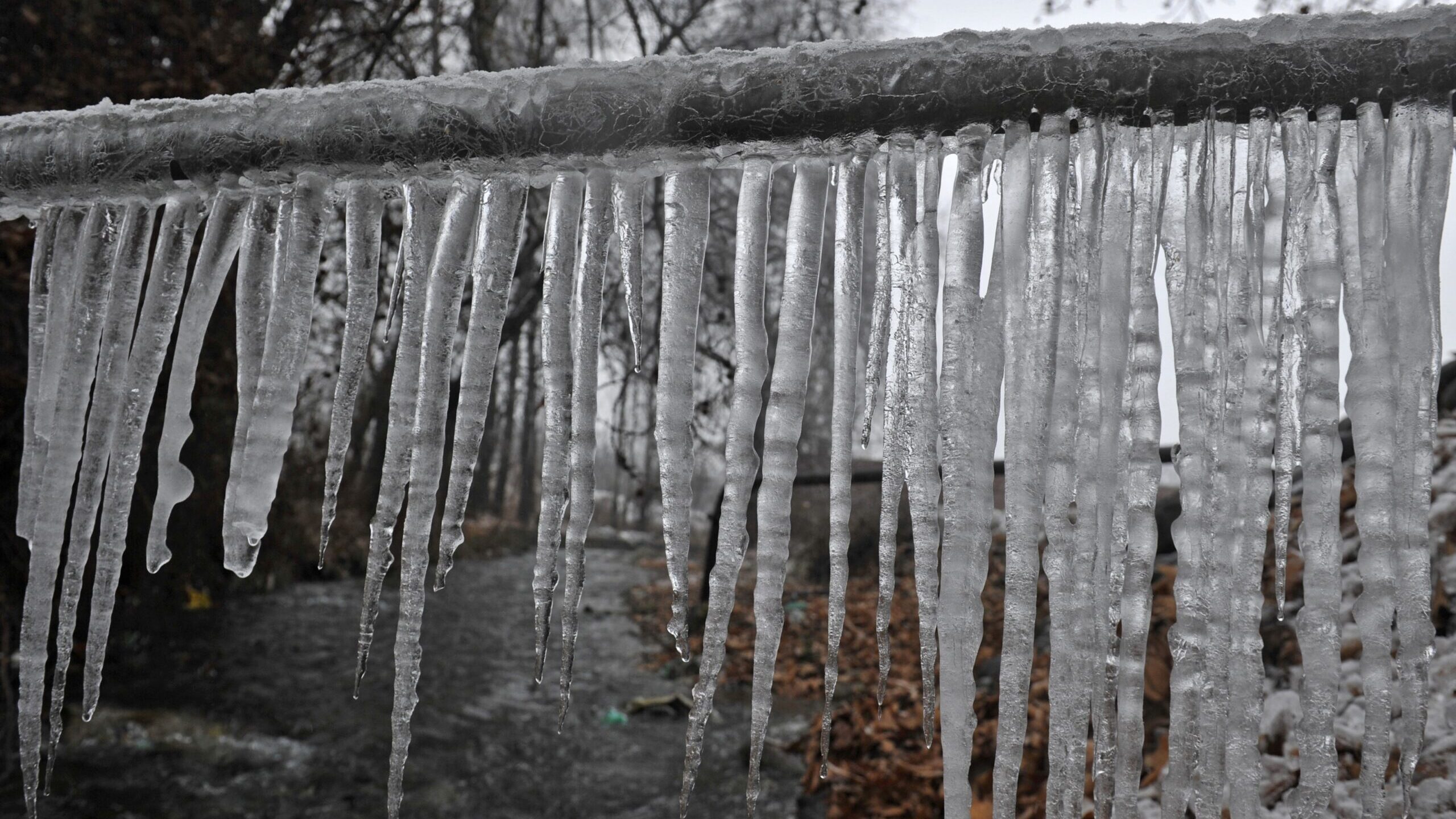Essential Tips to Prevent Frozen Plumbing in Winter
Essential Tips to Prevent Frozen Plumbing in Winter
Blog Article
We have noticed this post about How to Prevent Your Pipes From Freezing down the page on the internet and concluded it made good sense to discuss it with you on my blog.

Winter can damage your pipes, especially by freezing pipelines. Right here's exactly how to prevent it from occurring and what to do if it does.
Intro
As temperature levels decrease, the threat of icy pipes increases, possibly resulting in expensive repair services and water damage. Understanding just how to avoid icy pipes is vital for home owners in chilly environments.
Avoidance Tips
Shielding prone pipelines
Wrap pipes in insulation sleeves or use warmth tape to protect them from freezing temperature levels. Concentrate on pipelines in unheated or outside locations of the home.
Home heating strategies
Maintain indoor areas properly heated, especially areas with plumbing. Open closet doors to permit cozy air to circulate around pipes under sinks.
Just how to recognize frozen pipes
Try to find lowered water circulation from faucets, uncommon smells or noises from pipelines, and visible frost on subjected pipelines.
Long-Term Solutions
Structural modifications
Consider rerouting pipelines far from exterior wall surfaces or unheated areas. Include extra insulation to attics, cellars, and crawl spaces.
Upgrading insulation
Purchase premium insulation for pipes, attics, and wall surfaces. Appropriate insulation aids keep constant temperature levels and minimizes the threat of frozen pipelines.
Shielding Outdoor Plumbing
Yard hoses and outdoor faucets
Detach and drain pipes garden hose pipes prior to winter season. Mount frost-proof faucets or cover outdoor faucets with protected caps.
Recognizing Frozen Pipelines
What creates pipelines to freeze?
Pipelines freeze when subjected to temperatures listed below 32 ° F (0 ° C) for extended periods. As water inside the pipelines ices up, it expands, taxing the pipeline walls and potentially triggering them to burst.
Dangers and problems
Icy pipes can bring about supply of water disturbances, building damage, and pricey repair work. Ruptured pipes can flood homes and trigger comprehensive structural damage.
Indicators of Frozen Piping
Identifying icy pipes early can avoid them from bursting.
What to Do If Your Pipes Freeze
Immediate activities to take
If you presume icy pipelines, maintain faucets open to ease pressure as the ice thaws. Use a hairdryer or towels taken in warm water to thaw pipes slowly.
Final thought
Avoiding icy pipes requires proactive measures and quick feedbacks. By understanding the reasons, indications, and preventive measures, house owners can shield their pipes during winter.
6 Proven Ways to Prevent Frozen Pipes and Protect Your Home
Disconnect and Drain Garden Hoses
Before winter arrives, start by disconnecting your garden hoses and draining any remaining water. Close the shut-off valves that supply outdoor hose bibs and leave the outdoor faucet open to allow any residual water to drain. For extra protection, consider using faucet covers throughout the colder months. It’s also important to drain water from any sprinkler supply lines following the manufacturer’s directions.
Insulate Exposed Pipes
Insulating your pipes is an effective way to prevent freezing. Pipe insulation is readily available at home improvement stores and is relatively inexpensive. Pay close attention to pipes in unheated areas such as the attic, basement, crawl spaces, or garage. Apply foam insulation generously to create a buffer against the cold. You can also wrap your pipes in heat tape or thermostat-controlled heat cables for added warmth.
Seal Air Leaks
Inspect your home for any cracks or openings that could let in cold air. Seal any holes around the piping in interior or exterior walls, as well as the sill plates where your home rests on its foundation. Additionally, make sure to keep your garage door closed unless you’re entering or exiting. Leaving it open creates a significant air leak that can lead to frozen pipes.
Allow Warm Air Circulation
During cold snaps, it’s essential to allow warm air to circulate evenly throughout your home. Leave interior doors ajar to promote better airflow. Open kitchen and bathroom cabinets to help distribute heat consistently around the rooms. If you have small children or pets, be sure to remove any household chemicals or potentially harmful cleaners from open cabinets for safety.
Let Faucets Drip
A small trickle of water can make a big difference in preventing ice formation inside your pipes. When temperatures drop significantly, start a drip of water from all faucets served by exposed pipes. This continuous flow helps prevent the water from freezing. Additionally, running a few faucets slightly can relieve pressure inside the pipes, reducing the chances of a rupture if the water inside does freeze.
https://choateshvac.com/6-proven-ways-to-prevent-frozen-pipes-and-protect-your-home/

We were guided to that article about 6 Ways to Prevent Frozen Pipes through a friend on a different site. Do you know somebody who is fascinated about 6 Ways to Prevent Frozen Pipes? Feel free to promote it. Thanks a bunch for your time. Revisit us soon.
Call Today Report this page